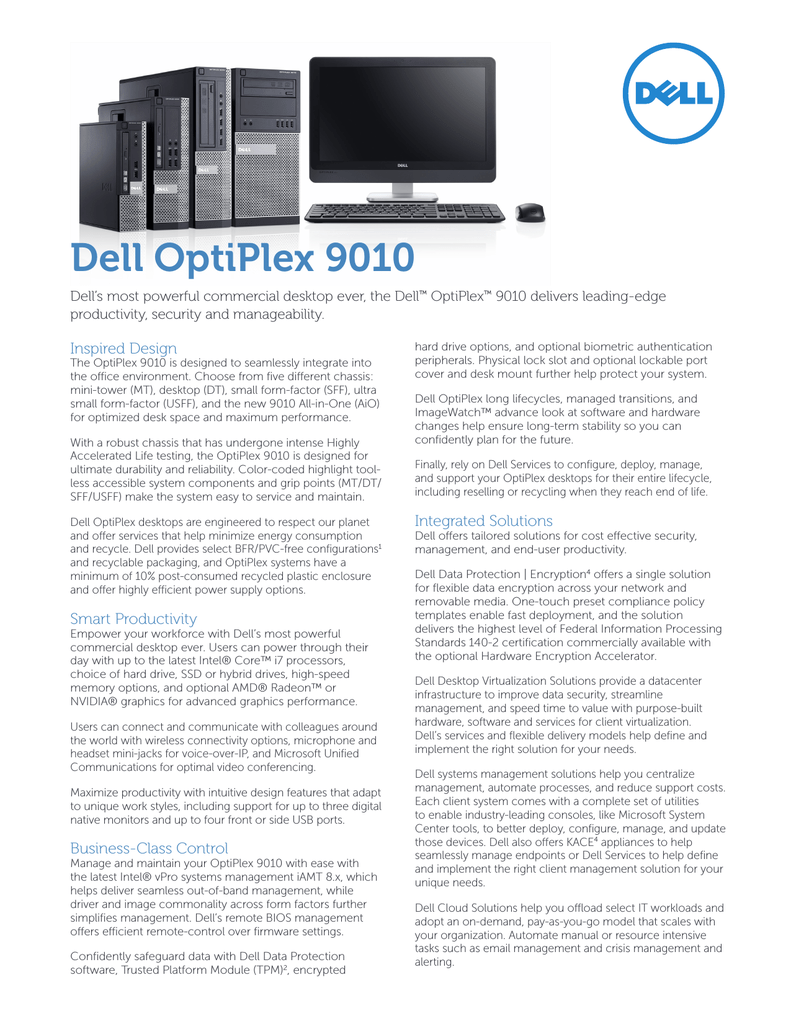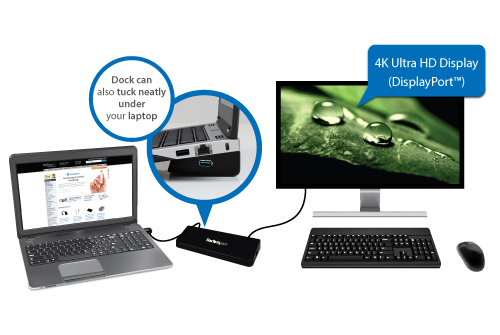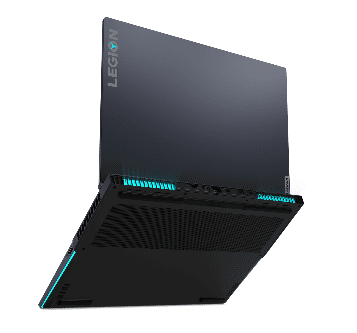- The Leading Edge Model D is an IBM clone first released by Leading Edge Hardware in July 1985. It was initially priced at $1,495 configured with dual 5.25' floppy drives, 256 KB of RAM, and a monochrome monitor. It was manufactured by South Korean conglomerate Daewoo and distributed by Canton, Massachusetts-based Leading Edge. Engineer Stephen Kahng spent about four months designing the Model D at a cost of $200,000. Kahng later became CEO of Macintosh clone maker Power Computing.
- Macbook pro 15-inch touch bar - silver/2.3ghz 8-core 9th-gen i9/16gb/512gb/4gb radeon pro 560x price $4,099.
The cost of a Leading Edge Computer ranged from $1299.99 to $2199.99 during this time. In 1994, Leading Edge marketed the Wintower 486 Multimedia PC, with 66 MHz processor, 8 MB ram, 340 MB hard drive, 2 floppies, CD ROM, modem, sound card and monitor for a 'street price' of $2600 (US).

Leading Edge Hardware Products, Inc., was a computer manufacturer in the 1980s and the 1990s. It was based in Canton, Massachusetts.
History[edit]
Leading Edge was founded in 1980 by Thomas Shane and Michael Shane. At the outset, they were a PC peripherals company selling aftermarket products such as Elephant Memory Systems brand floppy disk media ('Elephant. Never forgets') and printer ribbons, and acting as the sole North American distributor/reseller of printers from the Japanese manufacturer, C. Itoh, the most memorable being the popular low-end dot-matrix printer, 'The Gorilla Banana'. In 1984 the company sold the computer aftermarket product line and sales division to Dennison Computer Supplies, a division of Dennison Manufacturing. In 1984, they began to use Daewoo parts, and in 1989, they were acquired by Daewoo, as part of their recovery from Chapter 11 bankruptcy.[1] (Shane declared that the costs of a legal dispute with Mitsubishi lead to its bankruptcy.) In January 1990, Daewoo hired Al Agbay, a veteran executive from Panasonic to lead the Company out of Chapter 11 Bankruptcy. In the three years that followed, Agbay and his executive team repaid dealers approximately $16 million and increased annual revenues to over $250 million before a contract dispute severed Agbay and Daewoo's relationship. In October, 1995, Daewoo sold the company to Manuhold Investment AG, a Swiss electronics company. Leading Edge had sold 185,000 of its PC clones in the United States in 1994, but in 1995 sales fell from 90,000 in the first half to almost none in the second half.[2] By 1997 the company was defunct.[3]
Leading Edge Laptops & Desktops Driver Downloads
Products[edit]
Hardware[edit]

The first known computer to be produced by Leading Edge is the Model M, released in 1982. By 1986 it sold for $1695 (US) with a monitor and two floppy drives. It used an Intel 8088-2 processor, running at a maximum of 7.16 MHz on an 8 bit bus, compared to 6 MHz for the IBM PC-AT on a 16 bit bus. The 'M' stands for Mitsubishi, their parts provider.[4]
They began producing the Leading Edge Model D in June, 1985, when they began to use Daewoo parts. That model was described as 'the quality is good and the price is right.' It was a Consumer Reports 'Best Buy.' It was IBM compatible, using the same Intel 8088 16 bit processor as the IBM PC, with two floppy disc drives, 256K of RAM, and an amber monitor. The machine sold for $1495 (US).[5] They sold 125,000 in the first 13 months, then reduced the price to $1295 (US).[6]
When IBM started supplying 20 MB hard drives as standard for its newer PC-XT's, Leading Edge supplied a 30 meg hard drive standard.[7] They later released a Model D86 (an Intel 8086), Model D2 in 1988 with a 65 MB hard drive for $2495(US) and a 10 MHz processor (an Intel 80286)[8] and Model D3 (an Intel 80386).
In 1993, Leading Edge marketed the WinPro Series of computers. These computers had then an i486 or Intel 80486 processors. The low end model had an i486 SX25 processor—which lacked an FPU. The i486 DX33 Processor had the FPU in. The computers had a 3.5 inch floppy, a 5.25 in floppy, 170MB hard drive, with 4MB of RAM, which could be expanded to 20MB if needed. Windows 3.1 and MS-DOS 5.0 were the operating systems. The cost of a Leading Edge Computer ranged from $1299.99 to $2199.99 during this time.
In 1994, Leading Edge marketed the Wintower 486 Multimedia PC, with 66 MHz processor, 8 MB ram, 340 MB hard drive, 2 floppies, CD ROM, modem, sound card and monitor for a 'street price' of $2600 (US).[9]
Software[edit]
One of the programs offered on Leading Edge computers was the Leading Edge Word Processor. It was described as easy to use, created automatic backup copies, and loaded in 256 K of RAM, described as a 'large'[citation needed] amount. With the program in memory, both floppy drives were available for storage. It was introduced in 1983, and sold in 1984 for $100. (U.S.)[10] LEWP, as it was called, was a very easy to use word processor that had features that were bred into newer systems a great deal later. It automatically fixed transpositions on the run, a feature not seen in more sophisticated contemporary word processing programs.
In 1984, Leading Edge also released an innovative database application called Nutshell (developed by a company called Nashoba Systems and distributed by Leading Edge). Nutshell was an earlier form of a program later released as FileMaker and subsequently FileMaker Pro.
References[edit]
- ^'Deal by Daewoo,' New York Times, June 1, 1989, pg. D4
- ^Steve Lohr, 'Frustrated users sue PC maker over busy signals on 'help' line,' New York Times, 6 February 1996, pg. D10
- ^[1] David O. Dabney, 'Power Down:Apple Buys Its Own Clones,' Weeklywire.com, 15 September 1997, refers to ' the now defunct Leading Edge PC clone company'
- ^Peter H. Lewis, 'Peripherals: Leading Edge: One name, two computers,' New York Times, March 18, 1986, pg. C5
- ^'A thrifty and practical computer from Korea,' New York Times, July 16, 1985, pg. C4
- ^Nicholas D. Kristof, 'Low-priced cars and electronics from South Korea flooding the U.S.,' New York Times, 31 August 1986, pg. A1
- ^Eric Sandberg Diment, 'Race for hard drive horsepower heats up,' New York Times, 9 September 1986, pg. C4
- ^L.R. Shannon, 'A powerful XT clone,' New York Times, March 17, 1988, pg. C9
- ^'Archived copy'. Archived from the original on 2006-08-25. Retrieved 2006-10-31.CS1 maint: archived copy as title (link) Angela Gunn, 'Not on the cutting edge - Leading Edge Products' WinTower 486 multimedia PC - Hardware Review - Evaluation,' Home Office Computing, July, 1994. retrieved 31 October 2006
- ^'Word processing,' New York Times, 28 October 1984, pg. AS 24.
- Compute! Issue 86, July 1987. IBM Compatibles - The Universe Expands refers to Leading Edge as a 'young and aggressive' company.
External links[edit]
- Mirror of Leading Edge's old BBS at the Wayback Machine (archived October 12, 1999)

The Leading Edge Model D is an IBM clone first released by Leading Edge Hardware in July 1985. It was initially priced at $1,495 configured with dual 5.25' floppy drives, 256 KB of RAM, and a monochrome monitor. It was manufactured by South Korean conglomerate Daewoo and distributed by Canton, Massachusetts-based Leading Edge.[1] Engineer Stephen Kahng spent about four months designing the Model D[2] at a cost of $200,000.[3] Kahng later became CEO of Macintosh clone maker Power Computing.
In August 1986, Leading Edge cut the price of the base model by $200, to $1,295, and increased the base memory of the machine to 512 KB.[4]
The Model D was an immediate success, selling 100,000 units in its first year of production. It sold well for several years, until a dispute with dealers forced Leading Edge into bankruptcy in 1989.[5]
Hardware[edit]
The Model D initially featured an Intel 8088microprocessor at 4.77 MHz, although later models had a switch in the back to run at 4.77 MHz (normal) or 7.16 MHz (high). Earlier models have no turbo switch and run only at 4.77 MHz, while a few of the later ones (seemingly very rare) are 7.16 MHz only. Four models are known: DC-2010, DC-2011, DC-2010E, and DC-2011E. The 'E' seems to correlate with the capability of running at 7.16 MHz.
Unlike the IBM PC and IBM PC/XT, the Model D integrates video, the disk controller, a battery backed clock, serial and parallel ports directly onto the motherboard rather than putting them on plug-in cards. This allows the Model D to be half the size of the IBM PC,[5] with four free ISA expansion slots compared to the PC's one slot after installing necessary cards.[1]
The motherboard came in eight different revisions: Revision 1, 5, 7, 8, CC1, CC2, WC1, and WC2. Revisions 1 through 7 are usually found in models DC-2010 and DC-2011, with revisions 8 through WC2 being either in 2010E or 2011E. WC1 (presumably also WC2) is 7.16 MHz only. Due to its tight integration, the Model D motherboard is a nonstandard form factor, so replacing the motherboard with an off-the-shelf upgrade is not possible.
The Model D is preinstalled with 256, 512, or 640 KB of RAM. Lower-capacity machines are user upgradeable to 640 KB.[6] Motherboard revisions 7, 8, WC1 and WC2 come with 768 KB of RAM installed (640 KB available to the user).
Some models have a monochrome/CGA selection switch, with a single port used for both modes. Some models have both a Monochrome and a CGA port, also with a switch to change modes (and ports).[6]
The Model D computers support a special extended graphics mode: 640x200.
The buyer had the choice between a floppy disk model and a fixed disk (hard disk) model. The floppy disk model has one or two 360 KB drives, so that the user can run MS-DOS programs on the primary drive and work with files on the secondary drive, if equipped.[6] The fixed disk model has one 360 KiB floppy drive and either a 10 MB, 20 MB, or 30 MB hard disk. The model with the 20 MB fixed disk was initially released in February 1986 at a cost of $1,895.[7] Leading Edge dealers had difficulty keeping the 20MB model in stock.[7] At the time, a Tandy 1200 equipped with a 10MB drive sold for $1999.
The buyer also had a choice between an amber or a green monochrome CRT monitor.
Software[edit]
The unit comes with MS-DOS 2.11 or later,[1] and a special edition of GW-BASIC to support the extended graphics mode.
It also has a diagnostics disk. This disk contained a diagnostics program, and `PARK.COM`, a utility used to park the hard drive heads when the computer was to be moved. Most models also came with a word processing program developed by Leading Edge titled Leading Edge Word Processor, commonly referred to by its acronym 'LEWP'.
The computer supports the Microsoft Windows operating system up to version 3.0, as it is the last version of Windows to support Real Mode.
Significance[edit]
Dataquest estimated that the Model D won 1% of the American home-computer market in 1986, its first year of availability.[8] The Model D was the first Korean-made PC to be sold in the United States, and at the time of its introduction, it undercut the price of similar IBM PC compatibles by $500.[9] The $1,495 list price was the lowest of seven compatibles with comparable configurations in a September 1985 InfoWorld chart, and under half the price of the $2,820 IBM PC.[10] Along with the Tandy 1000 and Epson Equity series, the Model D was one of the first IBM PC compatible computers to become popular for home use, due to its low price and good reviews. Many home-oriented software packages for the PC specifically cited the Model D along with the Tandy and Epson models as compatible hardware.

Leading Edge was Phoenix Technologies's first customer for its IBM-compatible BIOS, and the Model D was one of the first PCs on the market to use the Phoenix BIOS.[11] Although advertised as 100% IBM compatible, letters published in the January 13, 1986 issue of InfoWorld identified compatibility issues with several popular software packages and aftermarket hard drives. Syndicated newspaper columnists T. R. Reid and Michael Schrage, writing in April 1986, predicted that the popularity of the Model D would lead to hardware and software vendors specifically testing for compatibility. In spite of these early reports, the Model D sold well. In early 1987, Daewoo was producing 13,000 units per month and failing to keep up with demand. As a result, buyers waited 2–8 weeks before taking delivery.[12]
Reception[edit]

Leading Edge Laptops & Desktops Driver Download
PC Magazine in October 1985 called the Model D 'the clear winner' among six inexpensive PC compatibles it tested. The review noted the computer's many included hardware features, and concluded that it 'may represent the next generation of personal computing: about as compact as full IBM hardware compatibility allows, full featured, quite well made, and alluringly priced'.[13] The Model D received 4 out of 5 stars from InfoWorld in December 1985. The magazine praised the computer's value and ease of setup ('the whole operation takes less than 20 minutes, even if you know nothing about computers and take your time'), and reported that the Model D was even compatible with IBM diagnostic software, unlike the Compaq Portable and others. InfoWorld concluded 'We recommend it highly, especially to the budget-conscious beginner'.[1] A positive October 1986 review in Popular Mechanics cited its low price and the quality of its keyboard.[14] It received good reviews in other computer magazines and Consumer Reports magazine.[5]
References[edit]
- ^ abcdFreeze, Ken (1985-12-16). 'Leading Edge: Superior Value In IBM-PC Clone Market Contest'. InfoWorld. p. 43. Retrieved 22 July 2014.
- ^John C. Dvorak (29 January 1986). 'Inside Track'. InfoWorld: 54.
- ^'3.07: Follow the Money'. Wired. 1995-07-01. Retrieved 2010-04-26.
- ^Steven Burke (11 August 1986). 'Leading Edge Cuts Model D Price by $200'. InfoWorld: 16.
- ^ abcDedrick, Jason (1998). Asia's Computer Challenge: Threat or Opportunity for the United States and the World?. Oxford University Press. p. 128. ISBN0-19-512201-1.
- ^ abc'1'. Operator's Guide to the Model D (5 ed.). Leading Edge Hardware Products. March 1987.
- ^ abSteven Burke (10 March 1986). 'Leading Edge Readies Second 20-Megabyte Micro'. InfoWorld: 15.
- ^Halfhill, Tom R. (December 1986). 'The MS-DOS Invasion / IBM Compatibles Are Coming Home'. Compute!. p. 32. Retrieved 9 November 2013.
- ^Doran Howitt (10 June 1985). 'Leading Edge Offers Korean PC'. InfoWorld: 21.
- ^'Competing on Price'. InfoWorld. 1985-09-30. p. 1. Retrieved 20 February 2015.
- ^Blaxill, Mark (2009). The Invisible Edge: Taking Your Strategy to the Next Level Using Intellectual Property. Portfolio. p. 213. ISBN978-1-59184-237-8.
- ^Edward Warner (9 February 1987). 'Model D Buyers Should Expect Delay in Delivery, Dealers Say'. InfoWorld: 18.
- ^Rosch, Winn L. (1985-10-15). 'Cost-Conscious Computing'. PC Magazine. p. 113. Retrieved 29 October 2013.
- ^Ron Scibilia (October 1986). 'Target: Big Blue'. Popular Mechanics: 80–83.
